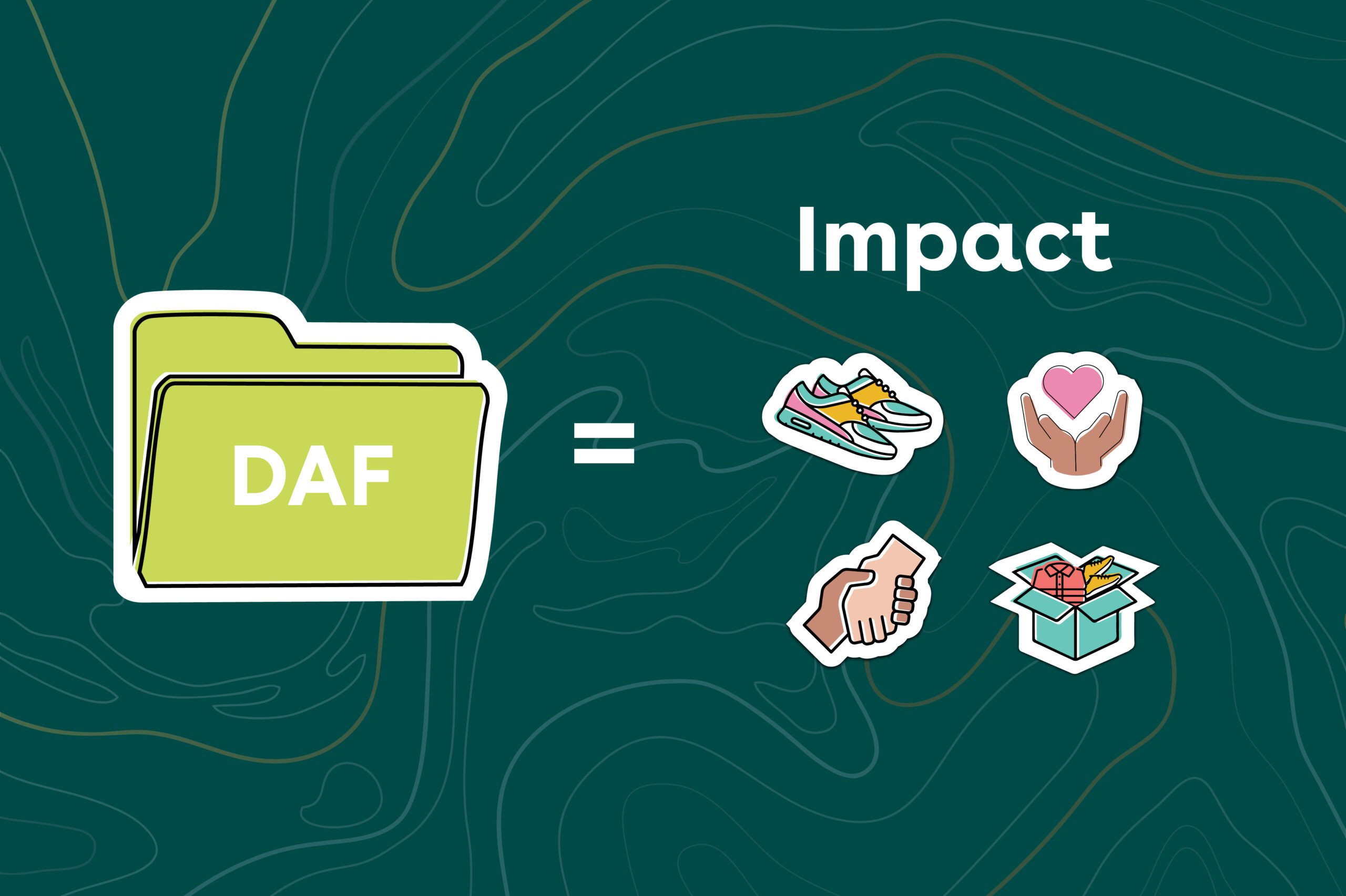In late March, the Securities and Exchange Commission (SEC) ended its defense of new rules, which required US businesses to disclose climate-related risks and greenhouse gas emissions.
As a result, the US still lacks a unified environmental, social, and governance (ESG) law. However, numerous state and global initiatives will still impact your ESG into 2025—especially if you export your products into other countries. And as legislation tightens, you’ll need to safeguard your brand from any environmental, financial, or reputational risks.
So, what are the key rules you need to know today?
The Golden State ranks first for sustainability
Back in 2023, California enacted “first-of-its-kind” legislation that obliges companies doing business in the state to disclose carbon emissions and climate-related financial risks. The two main laws are:
- SB 253: The Climate Corporate Data Accountability Act, which requires any large company (public or private with revenue above $1B) to publicly report its greenhouse gas emissions.
- From 2025, organizations have had to report scope 1 and 2 emissions data, with scope 3 required from 2026.
- Businesses must also get third-party assurance of their reporting.
- Those who fail to comply with SB 253 could face penalties of $500,000 per year.
- SB 261: The Climate-Related Financial Risk Act, which requires companies to bi-annually disclose any financial risks they face because of climate change, and how they will mitigate them.
- This law is wider reaching than SB 253, as it impacts public and private companies with over $500m in revenue trading in California.
- Businesses must disclose their risks and mitigation measures via official ESG reporting frameworks, like TCFD or ISSB.
- The report must be publicly available on the reporting company’s website.
With California’s climate disclosure laws only recently coming into force, we’re yet to see any measurable success. However, it’s expected they will vastly improve corporate transparency for stakeholders, helping them make more informed decisions about who they buy from and invest in. Then, market pressure will spur more high-emitting companies to decarbonize—easing climate change in the US and worldwide.
California’s climate rules are just the beginning
With a litany of ESG benefits, it’s no wonder that other states have begun to follow California’s lead. States like New York, New Jersey, and Illinois have progressed ESG and climate-related disclosure initiatives just this year. For example, New York introduced two new bills that call for greenhouse gas emission and climate risk disclosures.
Many American businesses will also have to look further than just the US for reporting rules. Companies that sell into other territories, like the EU, will likely need to comply with their ESG laws, too. In fact, a complex patchwork of global regulation is emerging:
- The International Sustainability Standards Board provides a global baseline for climate-related disclosures, adopted by the UK, Canada, Australia, Singapore, Japan, and others. It’s currently voluntary but expected to become mandatory in many jurisdictions by 2025.
- European Union: The Corporate Sustainability Reporting Directive (CSRD) and Carbon Border Adjustment Mechanism (CBAM) mandate annual sustainability reports alongside financial statements.
- South America: Brazilian companies listed on the stock exchange must now disclose information on their ESG impacts. Large businesses in Chile, including banks and insurers from 2025, also face mandatory climate-related disclosures.
- Asia: While voluntary, the Chinese Securities Regulatory Commission now actively encourages ESG disclosure. Meanwhile, Hong Kong, South Korea, and India all enforce mandatory sustainability and climate disclosures for listed companies.
How American brands can lead with purpose
Ultimately, a US organization has a lot to contend with, whether legislation is American or otherwise. Haven’t begun publishing your environmental impact in the relevant channels? Now is the time to start.
One easy way of fortifying your ESG credentials, especially as a shoe or clothing brand, is to donate your excess inventory to people who need it most. We all know the impact of the fashion industry on our planet—it’s responsible for as much as 10% of carbon emissions worldwide—but do you know how much of a positive difference your products could make?
The free Soles4Souls impact calculator is a great way to quantifiably estimate your ESG impact and strengthen your disclosures. Simply type in the resources you can donate and, in a matter of seconds, you’ll see the estimated valuations of your donations, verified by a third party.
So, say you had 100 unsold shoes, 50 pieces of returned clothing, and 25 excess accessories? Donation to Soles4Souls would divert 175 pounds (79kg) of waste away from landfills, create $1101.25 of economic opportunity* for communities worldwide, and provide quality food, housing, and education to a family in a developing country for 45 days. All by extending the lives of your shoes and clothing overstock.
So, as the SEC climate rules remain on the back burner, be sure to take this opportunity to formulate a real strategy for corporate impact. While ESG reporting in the US is yet to become mandatory, making a real, positive difference to the world is always something you should shout about.
Want to make your excess stock work harder for people and the planet? Download our free report, ‘Waste not, Want not’, for actionable insights on stitching social impact into clothing & shoe circularity today.
*This means more money in their pockets to use towards necessities, education, and economic opportunities for their families.



